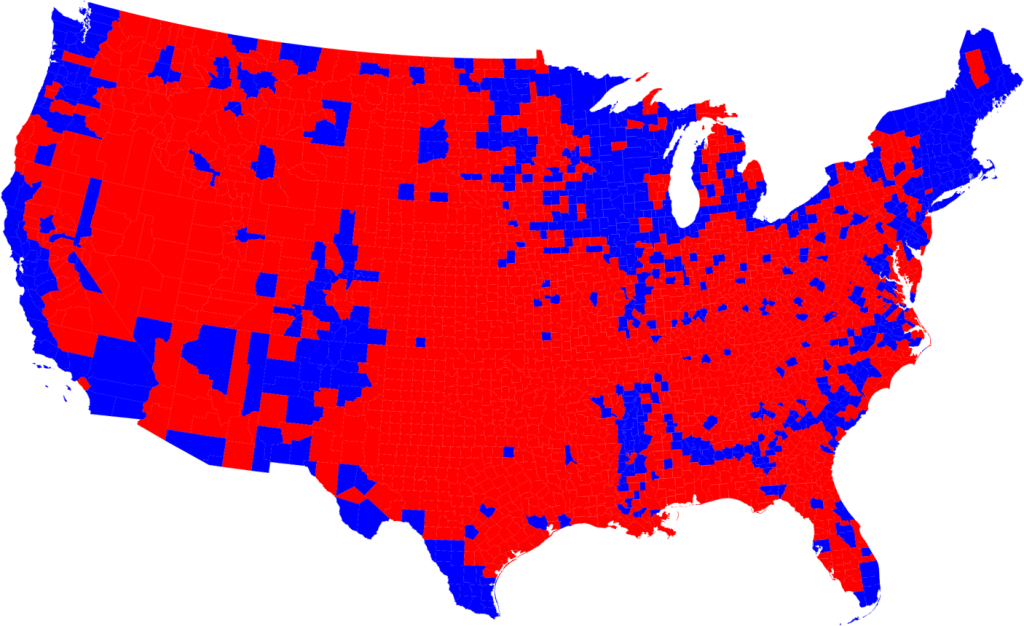
Originally Posted by
Mr. Reed

I think this pretty much answers your question. I've noted that the Solstice eras tend to be periods of Northern dominance (politically in a Crisis, culturally in an Awakening), while Equinox eras are periods of Southern dominance. The core cultures of the South and North are very different from each other, and whichever Americans agree with at the time depends on their mood.
Southern Culture
The South was the first to be born. It's birth year is 1607, with the founding of Jamestown. This was a 1T year, and Britain had just defeated Spain, saved Protestantism, and are building a global empire. Jamestown was founded for the purpose of expanding the British empire into the New World. The Virginia Company was heavily involved in its founding and subsequent growth. It would immediately begin exporting crops to sustain economic growth. During and after the glorious Revolution, it would make slavery legal, which would do miracles for its economic growth and dominance.
South of the Mason-Dixon line, the climate is much more favorable for the cultivation of crops. Therefore, the South could make a lot more money off of its agricultural products than the North could ever dream of. In this region of America, economic growth and production became king. As such, they value tight social stability to help sustain that growth. Social change is not valued because it would threaten those on top who exploit those lower on the economic and social ladder. This leads to the dominance of conservatism, both economic and cultural. During Solstice periods, the South is visibly slower than the North in pushing for and accepting change. The South's first experience with this was not pretty. In 1676, Virginia erupted in vicious Civil War, which was, at the core level, a class war. Variations of this war happened in the American Revolution, the Civil War, and the Depression (Southern Textile Strike of 1934, for instance). In the 1930s South, fascism was a much more influencial movement than it was in the North. And it all goes back to the fact that the South values traditionalism, conservatism, and entrenched economic interests.
The North
The North, by contrast, was founded with Massachusetts Bay in 1621 by separatists. These were ultra-idealistic radicals who did not particularly respect, or care for entrenched economic interests. Instead, they wanted to create that "shiny city upon a hill". The climate there is not particularly suited for huge plantation farms as the growing season is too small, and freezing temperatures can last into May and start again as early as September. As such, slavery was never as important to the North. Also, those looking to get rich settled in the South, while those who wanted to build a paradise settled in the North. And it was not just Puritans who did this. All types of groups (including the Bohemians, Hugenots, Jews, and others) also settled in the North. New Amsterdam became a place housing many people. In Puritan Era America, the North became a place where religious and political dissenters settled, trying to escape from certain persecution. These people form the culture of the North. As such, the North is much more utopian, hopeful, progressive, and more accepting of societal upheaval and change.
The results of this can be seen in pretty much every turning. Northerners dominate Crisis and Awakening Eras, Southerners Highs and Unravelings. The Great Awakening seemed to be much more centered in the North than the South, especially since these types of events tend to encourage slave uprisings, such as the Stono Uprising of 1739. The American Revolution was also more centered in the North (and Virginia, which is on the northern periphery of the South). The South was not as friendly towards rebellion against and separation from mothern England as the North. Most of the initial moments happened in the North. In New England, the Crisis culture was so radical that slaves were freed by the end of the Crisis. In the Mid Atlantic, the slaves were freed by the following Awakening. In the immediate Post-Crisis years, the South ruled again, with Virginia taking up the mantle. Southern-style racism began to infect Northern areas such as New York and Massachusetts. By the time, King Cotton was in vogue, trading with a nation they had just defeated in war.
Transcendentalism was also mostly Northern centered, as was abolitionism, feminism, labor protest, etc. And of course, the Civil War was a period of Northern dominance. The Missionary Awakening showed Northern cultural and political dominance, before switching back to the South in the 1910s and 1920s. By the Depression Era, there was a sudden and rapid shift back towards Northern political and cultural dominance, which switched back again by the 1950s. Northern Values clearly ruled during the 1960s and 1970s. The South ruled during the 1980s and 1990s.
Given this history, it should be no surprise that we are now back into a period of Northern dominance. This will be the case before the Southerners swing back into power sometime in the 2020s.
The North is making inroads into the South, but this is to be expected. It won't outlast the Crisis, though. This happend during each Crisis Era. The Patriots made inroads with the South in the 1770s, again in the 1860s, and again in the 1930s. But before 2030, the South will be making inroads in places such as New York and Boston. Count on it. My prediction is that in this Crisis, racism will become a less influential force in the South. More than ever, whites and blacks will accept each other as equals. But beyond that, the South will remain more conservative, and more concentrated in entrenched economic interests. The South will still be the South (relatively speaking), but with much more watered-down racism. There could also be political battles between the North and South on how to fix the economic and energy Crisis.




